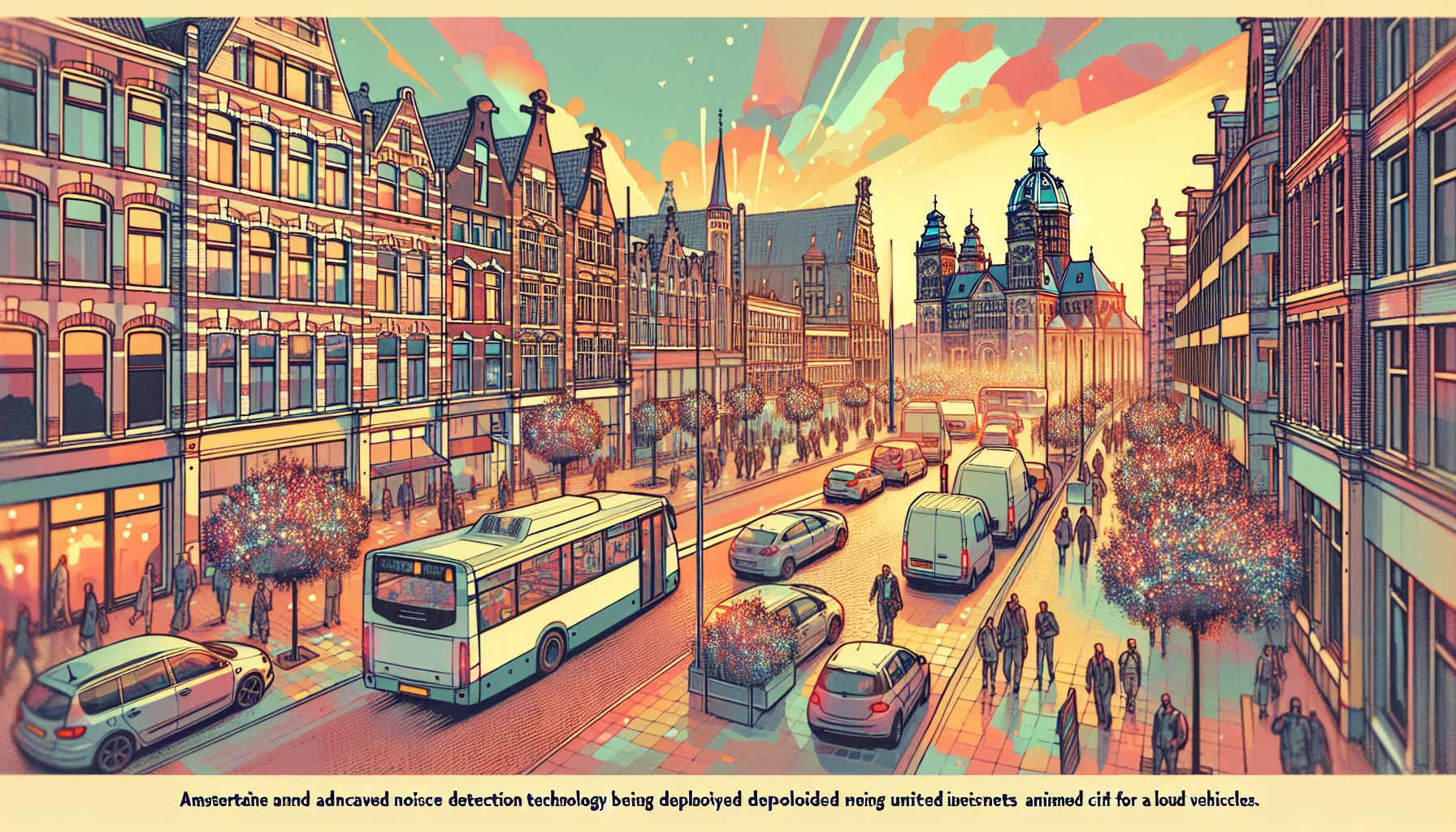Amsterdam Eyes Noise Enforcement Tech to Tackle Loud Vehicles

Amsterdam, Tuesday, 2 July 2024.
TNO research suggests Amsterdam could soon deploy noise enforcement technology to penalize noisy vehicles. The study finds the technology is both technically and legally feasible, potentially paving the way for quieter urban environments. This development addresses a common complaint among city residents about disruptive vehicle noise.
The Scope of the Problem
For many residents of Amsterdam, the daily cacophony of loud vehicles has long been an annoyance. High levels of noise pollution, primarily from cars and motorcycles, disrupt the peace and tranquility of urban life. Historically, efforts to curb this noise have been limited to warning signs that notify drivers when they are exceeding acceptable noise levels. These signs were tested in various parts of the city, including Stadhouderskade in the Centrum district, Molenaarsweg in Noord, and Europaweg in Zuid. However, due to limited police resources, enforcement has been lax, and drivers often escape without penalties.
The Promise of Noise Enforcement Technology
The TNO (Netherlands Organization for Applied Scientific Research) study highlights a promising solution: the deployment of noise enforcement cameras, or ‘geluidflitspalen’. These devices utilize a series of four microphones to pinpoint the source of excessive noise and capture the vehicle’s license plate, much like conventional speed cameras. This technology could enable authorities to issue fines to violators, thus providing a strong deterrent against noisy driving.
A Technically and Legally Feasible Solution
According to TNO’s research, the noise enforcement technology is both technically and legally viable. The study indicates that integrating these cameras with existing traffic enforcement infrastructure is achievable without significant hurdles. Moreover, legal frameworks support the use of such technology, making it a workable solution for municipalities looking to address noise pollution.
Global and Local Interest
Amsterdam is not alone in its quest for quieter streets. Other major cities, both in the Netherlands and abroad, are exploring similar technologies. Successful trials have already taken place in Switzerland and England, demonstrating the broader applicability of noise enforcement cameras. In Amsterdam, the most significant noise disturbances were recorded in the Zuid and Centrum districts, mainly from motorcycles, while in Nieuw-West, the problem predominantly involved cars with loud exhaust systems.
Broader Implications for Public Health
The implementation of noise enforcement technology in Amsterdam could also have important public health implications. Studies have linked chronic noise exposure to various health issues, including cardiovascular diseases, sleep disturbances, and mental health problems. By reducing noise levels, the city could potentially improve the overall well-being of its residents. This aligns with broader calls for better noise regulation, as evidenced by ongoing legal actions in the United States where advocacy groups are pushing the Environmental Protection Agency to enforce stricter noise pollution controls.
Conclusion
As Amsterdam looks to the future, the potential deployment of noise enforcement technology marks a significant step toward creating a quieter, healthier urban environment. By leveraging innovative solutions like the geluidflitspaal, the city can address a long-standing issue that affects the quality of life for its residents. With both technical and legal barriers surmountable, this initiative could serve as a model for other cities worldwide facing similar challenges.

